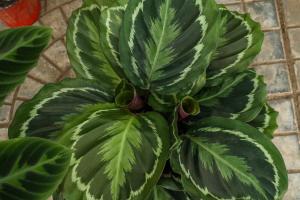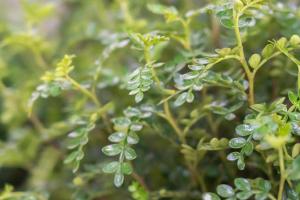Can You Use Top Soil for Potted Plants?
When starting to plant your potted plants, you might be wondering what type of soil would be best to use. While there are many different types of soil available, you may be considering using top soil to fill your pots. But can you use top soil for potted plants? The answer is yes, but it's important to understand the potential drawbacks before deciding to use it.
What is Top Soil?
Top soil is the uppermost layer of soil, typically the first 5-10 inches of soil on the surface. It's often used for landscaping and gardening projects because it tends to contain a high level of organic matter and is loaded with nutrients. However, not all top soil is the same, and it can vary in texture, nutrient content, and pH levels depending on where it's sourced from.
Pros of Using Top Soil in Potted Plants
As mentioned, top soil is rich in organic matter and nutrients. This makes it a great option for potted plants to ensure they have an adequate supply of nutrients to flourish. Additionally, top soil is generally affordable and easy to obtain from a local garden center or nursery.
Cons of Using Top Soil in Potted Plants
While top soil can provide many benefits, it may not be the best choice for all potted plants. One drawback is that top soil can be heavy and dense, which can limit water and air circulation in the pot. This can cause soil compaction and make it difficult for roots to grow and extend. Top soil may also be prone to clumping and may not drain as efficiently as other types of soil. This can lead to overwatering and root rot, which can be detrimental to the health of your plants.
Alternatives to Using Top Soil in Potted Plants
If you're looking for an alternative to top soil to use in your potted plants, there are several other options to consider. Potting mix or potting soil is specifically formulated for potted plants and offers a lightweight texture that allows for proper water and air circulation. It's also designed to drain well and prevent the buildup of excess moisture. Additionally, potting mix may contain additives such as perlite or vermiculite, which aid in drainage and root development.
Another option to consider is a soilless mix, which contains no actual soil but instead consists of a combination of peat moss, perlite, and other organic materials. Soilless mixes offer excellent drainage and texture and are often used for starting seeds and rooting cuttings.
Conclusion
While top soil can be used for potted plants, it's important to consider its potential drawbacks and whether it's the best option for your specific plants. Alternatives such as potting mix and soilless mix may offer better results and are often specifically designed for potted plants. Ultimately, the choice of soil will depend on your individual needs and preferences as a gardener.

 how many times do yo...
how many times do yo... how many planted tre...
how many planted tre... how many pine trees ...
how many pine trees ... how many pecan trees...
how many pecan trees... how many plants comp...
how many plants comp... how many plants can ...
how many plants can ... how many plants and ...
how many plants and ... how many pepper plan...
how many pepper plan...
































